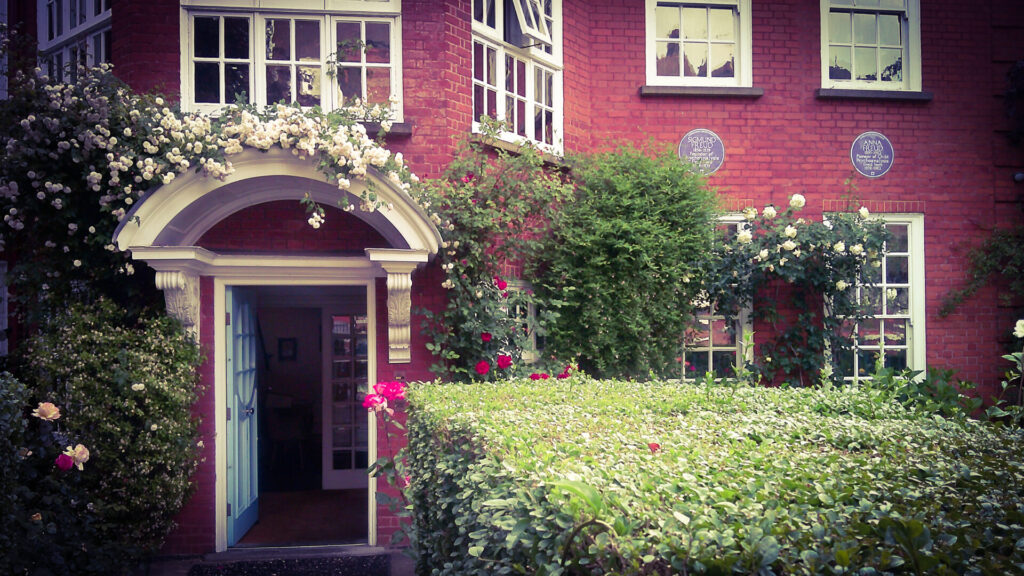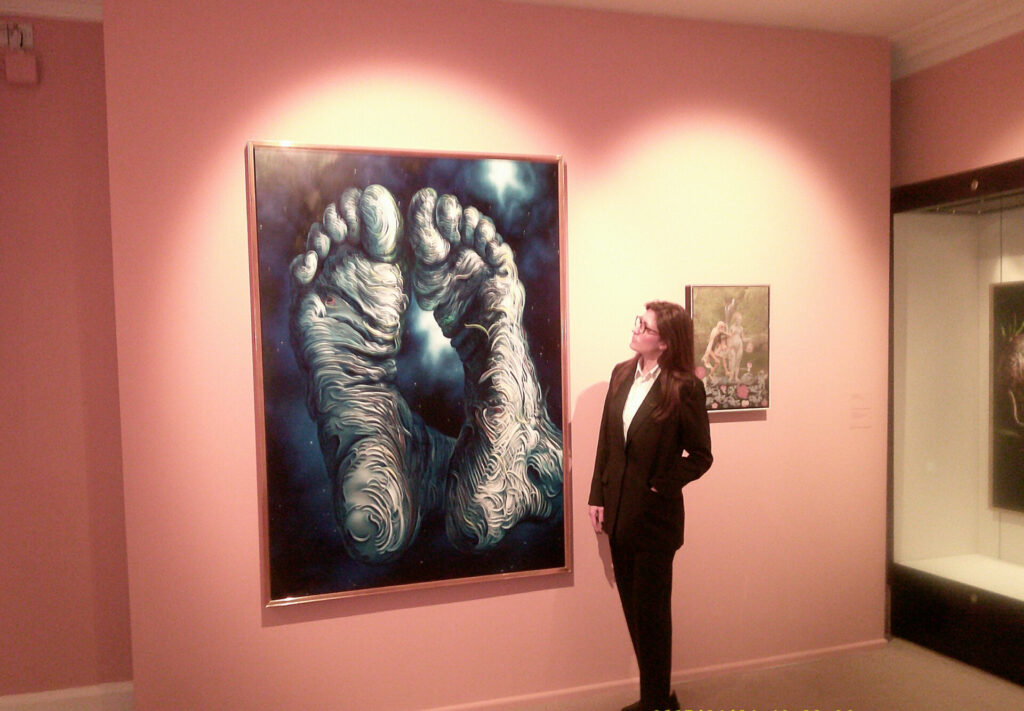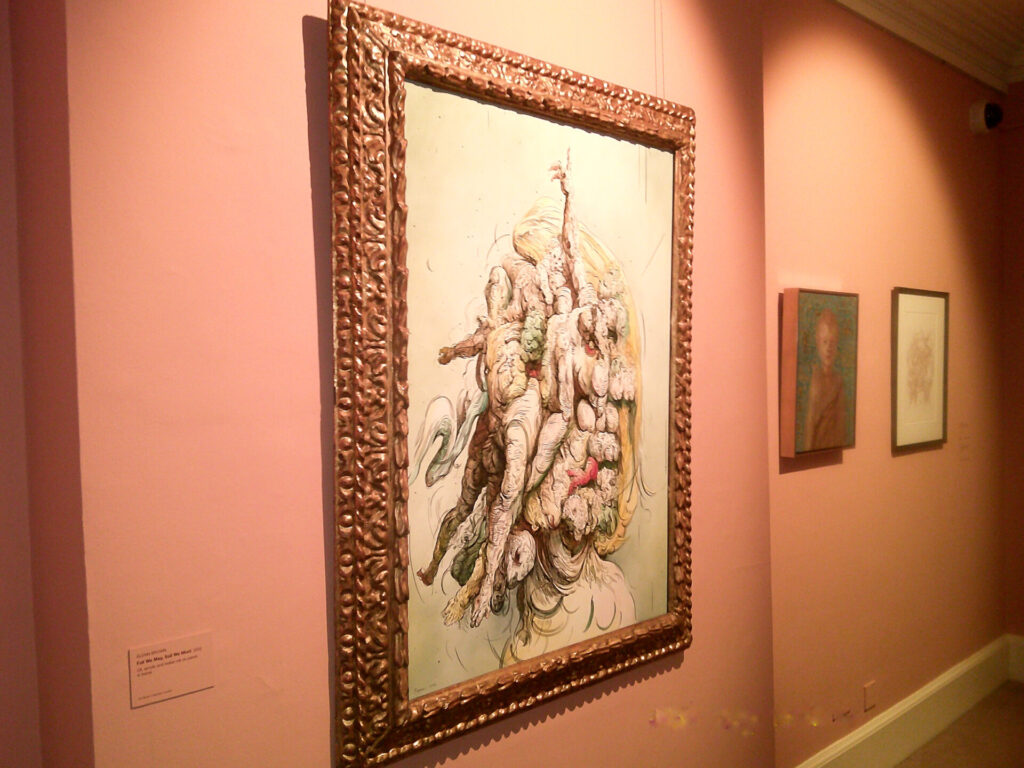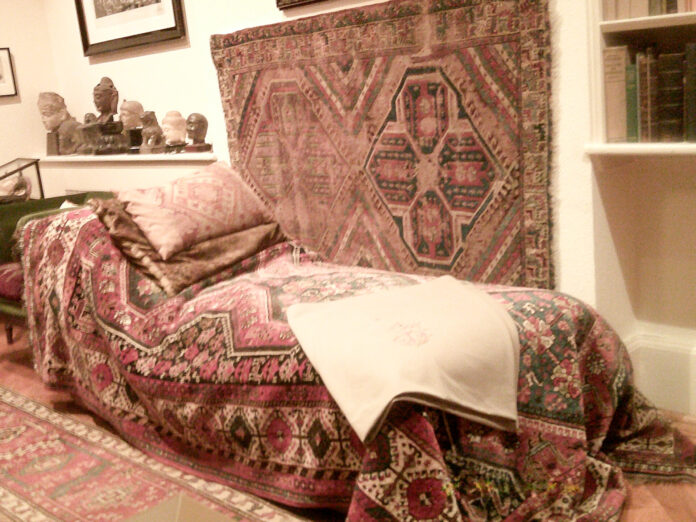LONDON, June 4, 2025 — The Freud Museum in Hampstead, once the final London home of Sigmund Freud, has unveiled a captivating new exhibition featuring renowned British artists Glenn Brown and Mathew Weir. Running from June 4 to October 19, 2025, this show offers visitors a rare opportunity to explore the profound intersection of contemporary art and psychoanalytic history within the storied walls of 20 Maresfield Gardens. It was here that Freud spent his last year after fleeing Austria on the eve of World War II—a residence that now stands as both a sanctuary for art and a lasting monument to the origins of psychoanalysis. This exhibition invites guests to immerse themselves in the work of two artists whose creative visions are deeply and intricately connected to Freud’s enduring psychological legacy.
In their debut collaborative exhibition, Brown and Weir skillfully investigate the lasting impact of Freud’s theories on modern art. Drawing from Freud’s profound observation that childhood fears may be ignited by “the sight of something,” the artists scrutinize the disturbing power of images and objects—those moments of discomfort that lurk beneath the surface of awareness, often without obvious rationale.

Set within a space synonymous with the search for understanding, the exhibition interlaces Brown’s and Weir’s paintings, drawings, and sculptures throughout Freud’s former abode. These innovative works engage in a silent conversation with the relics and antiquities Freud so carefully amassed, forging links between the artists’ imaginations and the objects that once fueled Freud’s own investigations of the psyche.
Much like Freud’s approach of plumbing the hidden depths of his patients’ minds, Brown and Weir unveil art that gradually discloses its mysteries to the observant viewer. Both artists draw from the abundant tapestry of art history, constructing elaborate visual realms that reflect the complex, elusive quality of memory—so central to Freud’s intrigue.
In Brown’s creations, faces and body parts fuse and dissolve, mirroring Freud’s fascination with ambiguity and the motif of the dual-faced figure. His painting, We’ll Keep On Dancing Till We Pay the Rent (2022), depicts two fused faces turned away from each other—one shrouded in darkness, the other illuminated by strands of vivid hair. This motif harmonizes with one of Freud’s most treasured artefacts: a third-century BC bronze balsamarium shaped as two joined faces, which graced his desk in both Vienna and London, silently witnessing his daily endeavors.


Weir’s Against the Irreversible (2020) emerges as another standout—a golden bear trap forged in iron, steel, and gold leaf. Inspired by medieval portrayals of the yawning mouth of hell, this sculpture embodies both the peril of entrapment and the jaws of the bear itself, encapsulating the tension between risk and self-destruction. It is displayed alongside a painting of wolves in a tree by Sergei Pankejeff, Freud’s renowned “Wolf Man” patient, whose childhood nightmare of white wolves glaring at him from a tree became a milestone in psychoanalytic literature.
The exhibition catalogue, crafted by Atelier Dyakova, will showcase new essays by psychoanalyst and author Darian Leader, further deepening the intellectual exchange between art and psychoanalysis.

20 Maresfield Gardens is far more than a mere museum—it is a vibrant testament to the lives and legacies of Sigmund Freud and his daughter Anna Freud, the trailblazing child psychoanalyst. When the Freud family arrived in England as refugees in 1938, they brought with them not only their personal effects but also the intellectual riches of a lifetime. Freud’s evocative study, preserved as it was during his lifetime, remains the soul of the museum, housing his library, desk, thousands of antiquities, and the iconic psychoanalytic couch. It was here that Freud labored, received patients, and ultimately departed this world. The house remained Anna Freud’s sanctuary until her passing in 1982, and four years later, it opened its doors as a museum, continuing to inspire fresh generations in the exploration of the mind.
More information: www.freud.org.uk
Hatim Elmadani — Editor at AlYurae.com and former Senior Foreign Correspondent at Alarabonline.com.


